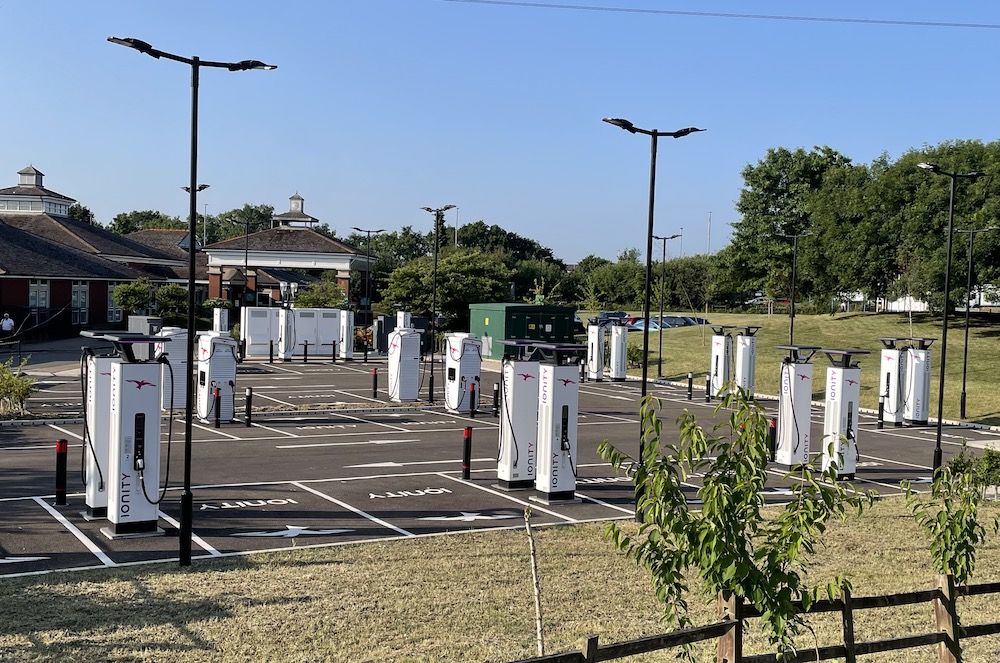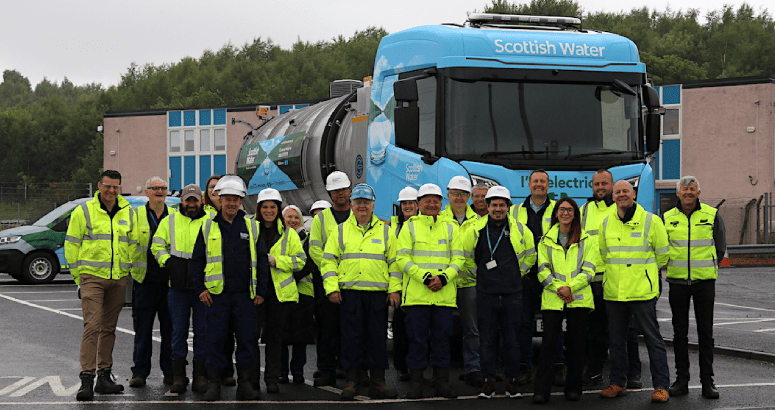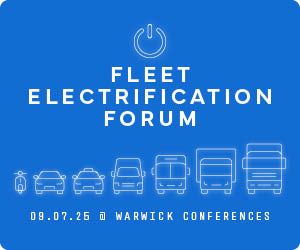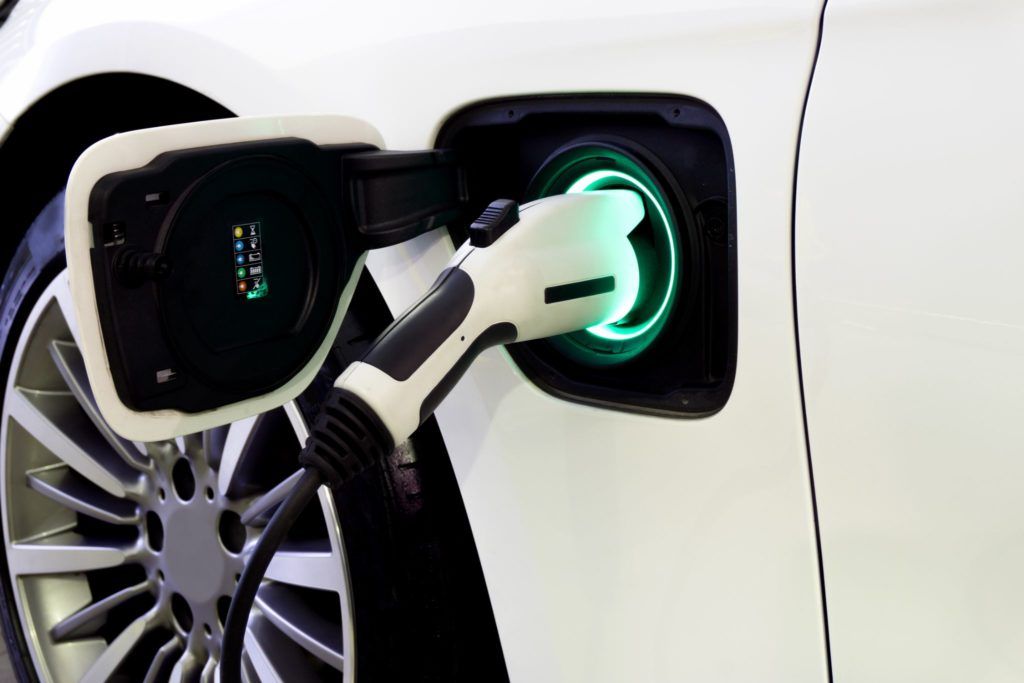Pivot Power, part of EDF Renewables, has broken ground on a grid-scale battery storage facility in Sandwell, northwest of Birmingham. Connected to the transmission network at National Grid’s Bustleholme substation, the site will help to create a greener energy grid and accelerate the UK’s drive to net zero.
The 50MW/100MWh lithium-ion battery will store enough electricity to power over 100,000 homes for 2 hours. It will support the integration of more renewable energy and increase the resiliency of the electricity system by automatically charging and discharging to balance supply and demand and manage intermittency.
The Sandwell site forms an integral part of Pivot Power’s Energy Superhub network, designed to deliver up to 2 GW of transmission-connected battery storage and high-volume power connections across the UK.
Sandwell will be one of the first communities in the country to benefit from this unique infrastructure investment, which will reduce the region’s carbon emissions, improve air quality, and support sustainable economic growth.
Alongside a similar site in Coventry, which is due to begin construction in early 2022, it will replicate core elements of Pivot Power’s Energy Superhub Oxford project, one of the most ambitious urban decarbonisation projects undertaken in the UK to date which combines a cutting-edge 50MW hybrid battery with Europe’s most powerful electric vehicle (EV) charging network.
The site will also help to supercharge the West Midlands’ green transport revolution by creating the power infrastructure for mass-scale, rapid electric vehicle (EV) charging. Once work has been completed on the battery, Pivot Power plans to install a private-wire network, creating the power infrastructure to deliver large amounts of power for rapid EV charging to strategic locations in the local area, from public charging hubs to bus depots and commercial fleets.
The start of work at the Sandwell site caps off an active year for Pivot Power, which has already seen the activation of two 50MW/50MWh lithium-ion battery storage systems, in Cowley, Oxford, and Kemsley, Kent. Both systems are directly connected to National Grid’s high-voltage transmission networks and form part of Pivot Power’s plans to deploy up to 40 similar sites throughout the UK.
Pivot Power’s portfolio supports EDF Group’s ambition to become Europe’s leading e-mobility energy company by 2023 and forms a key pillar of its plan to develop an additional 10GW of battery storage globally by 2035.
Battery storage is essential to enable greater use of renewable energy and meet the UK Government’s target to decarbonise the country’s electricity system by 2035. According to National Grid’s Future Energy Scenario for 2021, up to 13GW of electricity storage will be required in the UK by 2030 to support the increased installation of renewable generation.
Matt Allen, CEO of Pivot Power, said: “The movement towards zero carbon energy is unstoppable and our technology provides the lynchpin to bring that to scale. Renewable energy and battery storage are complementary, interconnected and interdependent – we must have both to achieve net zero. Our project at Sandwell will help to create the essential infrastructure for the UK to accelerate net zero.”
Councillor Steve Melia, West Bromwich Town Lead at Sandwell Council, said: “Sandwell Council is committed to supporting renewable energy and empowering our community to live greener, more sustainable lives. Pivot Power’s site enables us to reach that goal, helping to support more renewable energy and meet the burgeoning demand for electric vehicle charging. The site is at the heart of a vibrant infrastructure area, made up of transport hubs, garages and service stations, and will help to create a more sustainable transport network.”
Roisin Quinn, Director of Customer Connections at National Grid Electricity Transmission, said: “We’re working hard to connect innovative technology such as this Pivot Power project to our network, using new techniques and approaches to ensure they can connect directly to the high voltage system.
“Electricity Storage, especially projects directly connected to the transmission system, can help manage peaks and troughs in demand for electricity – making the electricity system more efficient and keeping costs down for consumers too.”
Image: courtesy PivotPower














